The Renaissance, a heyday in Europe from the 14th to 17th centuries, is known for its rich cultural and artistic history. Fashion played a crucial role in the social and cultural life of the time. This article explores Renaissance fashion and clothing and highlights the differences from contemporary fashion, as well as the methods people used for washing clothes.
Features of Renaissance Clothing
Renaissance clothing was a reflection of social status and wealth. Fashion was extravagant and layered, often made of precious fabrics such as silk and velvet. For men, the doublet and shorts were standard, while women wore long dresses with tight bodices. Colorful patterns and detailed embroidery were popular, giving clothing a rich and luxurious look.
Materials and Designs
The most common materials were wool, linen and silk. Garments often had intricate designs and were embellished with pearls, precious stones, and gold and silver threads. Fashion was regionally varied, with Italian cities such as Florence and Venice known for their progressive styles.
Comparison with Modern Fashion
Unlike Renaissance fashion, contemporary clothing is much more focused on comfort, functionality and personal expression. The tight corsets and heavy fabrics of the past have been replaced by lighter and more breathable materials. Contemporary fashion is also more egalitarian, with less emphasis on showing social status through clothing.
Trends and Accessibility
While in the Renaissance fashion was largely reserved for the elite, contemporary fashion is accessible to a much wider audience. Trends spread quickly thanks to globalization and digital media, allowing for greater diversity in styles.
Washing and Maintenance of Clothing in the Renaissance
Caring for clothing in the Renaissance was a challenging task. Without modern washing machines and detergents, people relied on manual methods such as washing in rivers or sinks with soap made from natural ingredients.
Methods and Challenges
The delicate materials and embellishments made washing garments difficult. Often clothes were cleaned only superficially to avoid damage. Linen undergarments were washed more frequently, while the outer, more embellished garments were cleaned less frequently.
Impact on Hygiene
Limited washing methods also affected personal hygiene. People often wore linen undergarments to protect their skin from the harsher outer garments and to absorb sweat. This underwear was washed more regularly than the overgarments.
Conclusion
The Renaissance was a period of opulent and intricate fashion, very different from contemporary clothing styles. Although methods for washing and maintaining clothing were limited at the time, it shows the creativity and ingenuity of people in dealing with the resources they had. The fashion of that era remains a fascinating study of cultural and social history.
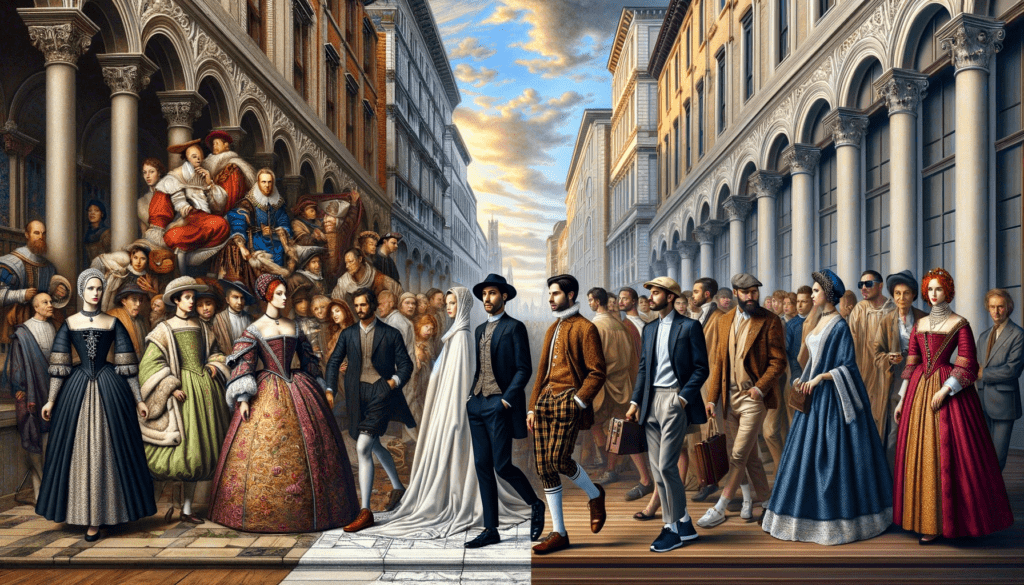
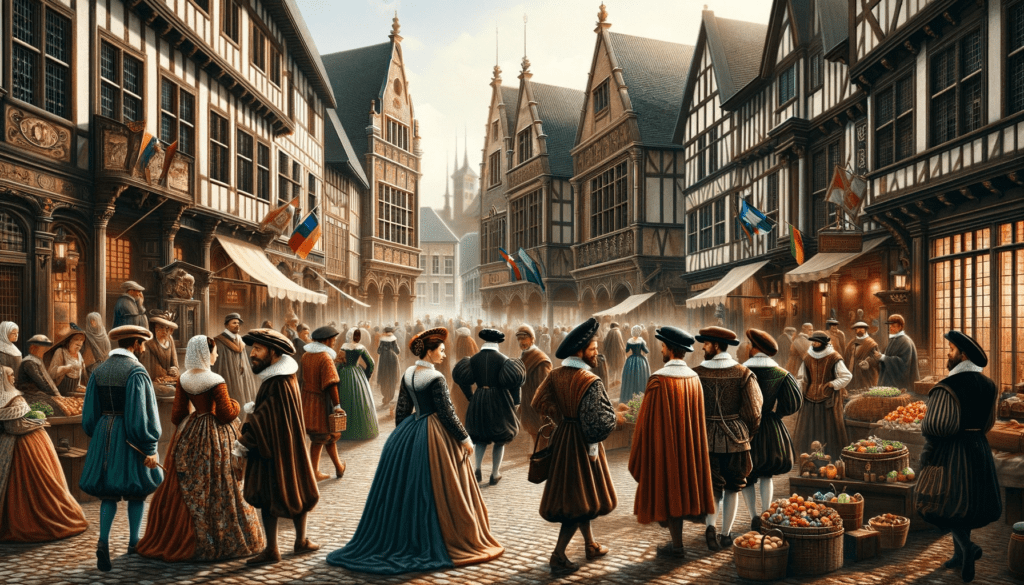
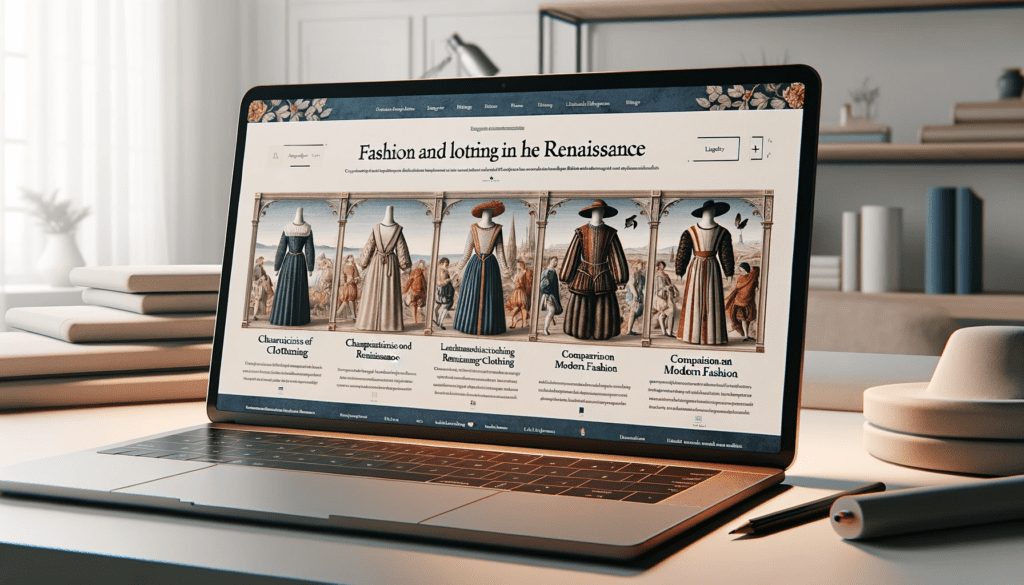
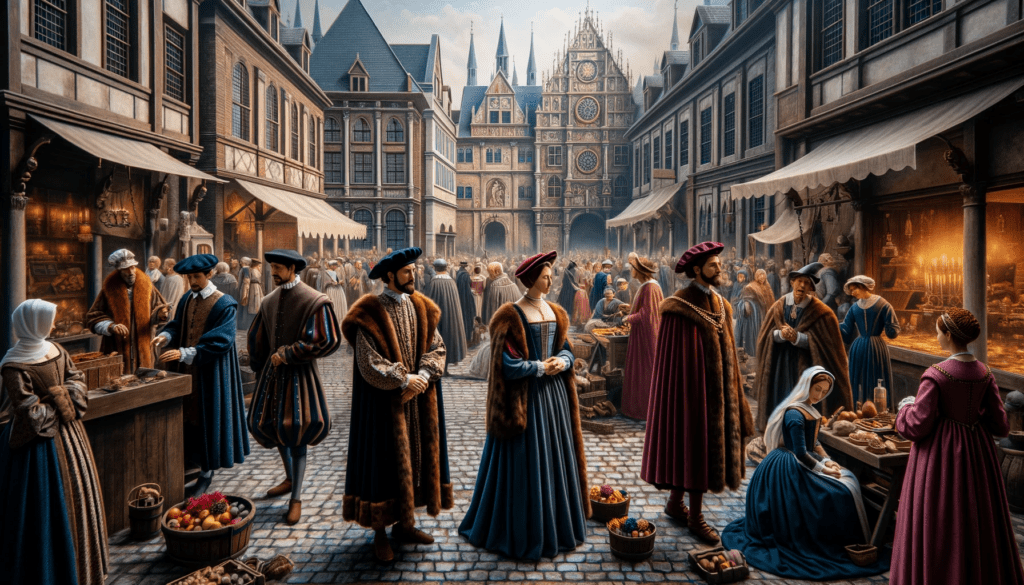

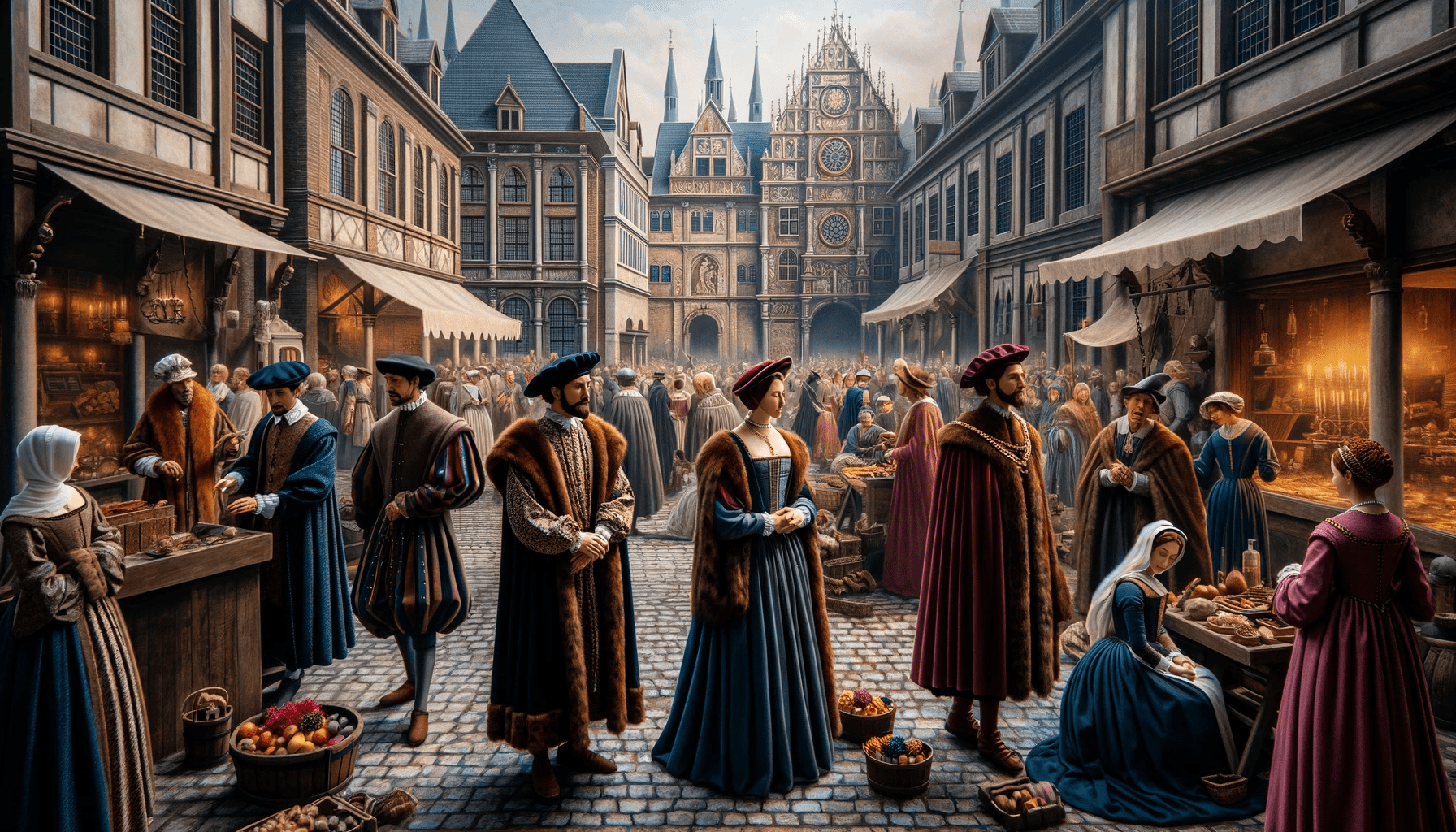
Leave a Reply